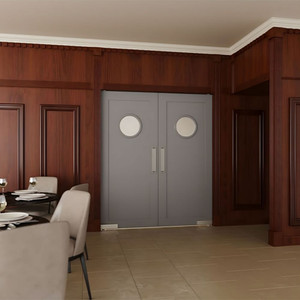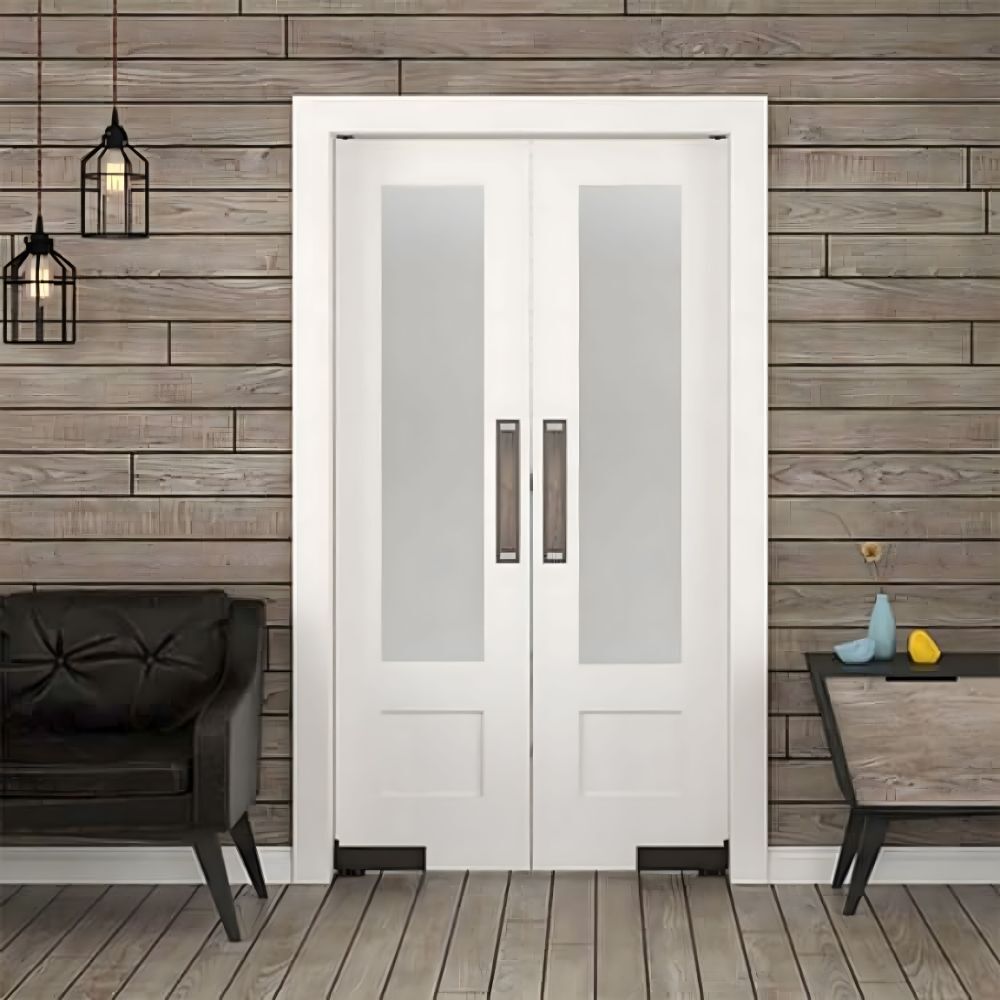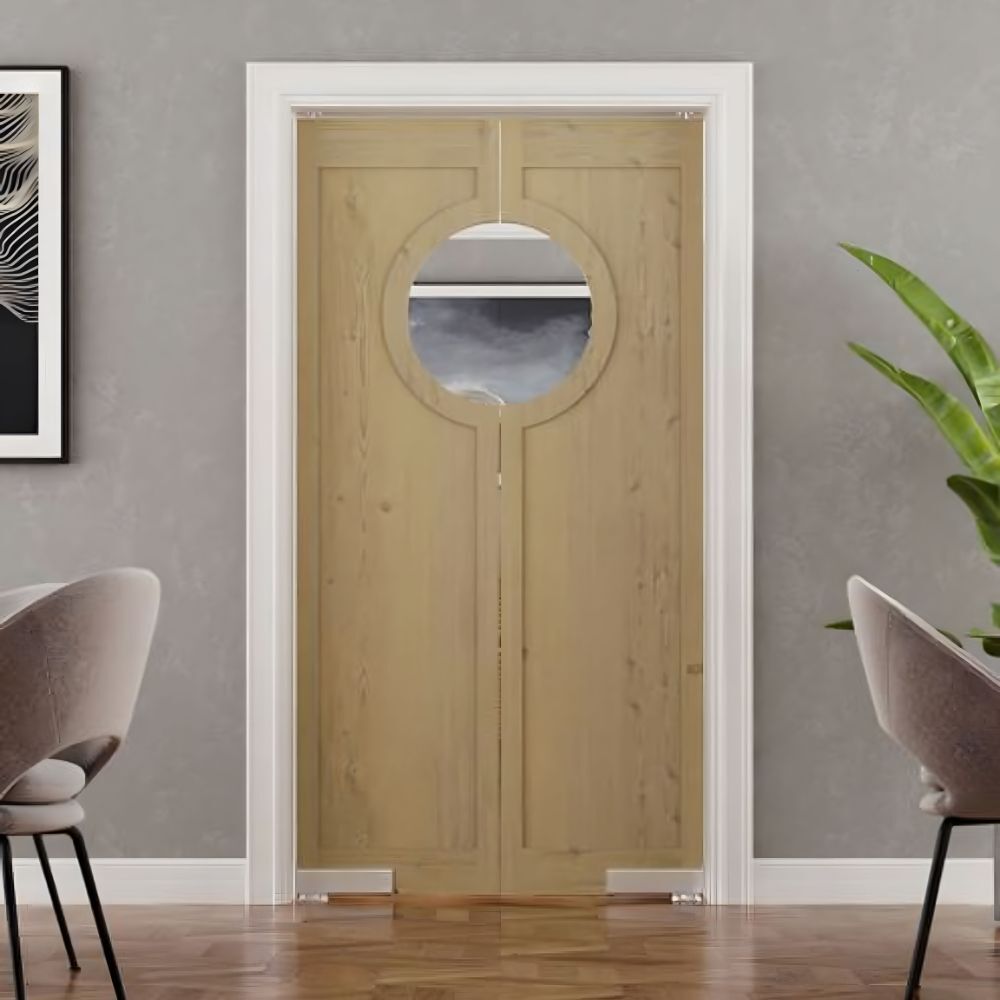
How To Make Your Business More Accessible With French Doors
Creating an accessible business environment benefits everyone who enters your space. French doors are an elegant solution that combines functionality with aesthetic appeal while addressing accessibility challenges that traditional doors can’t solve. These versatile architectural elements can transform how customers, employees, and visitors navigate your commercial space.
A traditional single-door entry often creates bottlenecks and challenges for wheelchair users, individuals with mobility aids, or customers carrying large items. French doors eliminate these barriers by providing generous openings that accommodate various needs simultaneously. This improvement in accessibility often leads to increased customer satisfaction and broader market appeal for your business. Keep reading to learn how to make your business more accessible with French doors.
French Door Benefits for Business Accessibility
French doors consist of two hinged doors that open from the center, creating a wide, unobstructed passage. This design feature immediately addresses one of the most common accessibility challenges in commercial spaces: narrow doorways. The expanded opening allows multiple people to pass through simultaneously while providing ample space for wheelchairs, walkers, and other mobility devices.
Visibility is another advantage of French doors in business settings. The glass panels allow natural light to flow between spaces while enabling visual connection across different areas. This transparency helps individuals with visual impairments better navigate your space by providing clear sight lines and reducing the surprise factor of encountering unexpected obstacles or changes in floor level.
Choosing the Right French Door Configuration
Commercial French doors come in various configurations to suit different business needs and architectural requirements. Inswing doors open toward the interior of your building, while outswing doors open outward. Your choice depends on factors like interior space constraints, local building codes, and emergency egress requirements.
Active and inactive door configurations use one door as the primary entrance, while the second door remains secure but can be opened when additional width is needed. This setup provides flexibility for regular daily operations and offers maximum accessibility for deliveries, events, or peak customer traffic periods.
Hardware selection impacts accessibility. Lever-style handles require less grip strength than traditional knobs, making them easier for individuals with arthritis or limited hand mobility to operate. Automatic door operators can integrate with French doors to provide hands-free operation, further enhancing accessibility for all users.
Installation Considerations
Proper threshold design creates smooth transitions for wheelchair users and individuals with mobility aids. The threshold should be flush with the floor level or feature a minimal rise that meets accessibility guidelines. Beveled edges prevent tripping hazards while maintaining weatherproofing requirements for exterior installations.
Door opening force must comply with accessibility standards, typically requiring no more than five pounds of force to open interior doors. Proper hinge and door closer adjustments helps your French doors meet these requirements while maintaining security and energy efficiency.
Clear floor space requirements must accommodate the full swing radius of both door panels. This consideration affects furniture placement and interior design decisions but ensures that individuals using mobility aids can approach and operate the doors safely and independently.
Enhancing Interior Accessibility With French Door Solutions
Interior French doors improve navigation and accessibility throughout your facility. These modern interior doors create clear pathways between spaces while maintaining visual connections and natural light flow. These doors work particularly well between reception areas and main business spaces, conference rooms and hallways, or retail areas and customer service zones.
Glass panels in interior French doors allow employees and customers to see upcoming changes in floor level, steps, or other potential obstacles before encountering them. This advance warning system can prevent accidents and allow individuals to prepare for navigation challenges.
Sound transmission through glass panels enables better communication between spaces, which can be particularly helpful for individuals with hearing impairments who rely on visual cues and lipreading. The ability to see and partially hear conversations in adjacent areas provides important contextual information.
Professional Installation and Maintenance Requirements
Professional installation means your French doors meet all applicable accessibility standards and building codes. Qualified installers understand the specific requirements for commercial applications, including fire ratings, security considerations, and accessibility compliance. They can also address structural modifications that may be necessary to accommodate the wider door opening.
Regular maintenance keeps your French doors operating smoothly and maintains their accessibility benefits. Lubricating hinges, adjusting door closers, and cleaning tracks for sliding configurations ensure continued reliable operation. Replacing weather strips and cleaning glass are important for energy efficiency and visibility.
Periodic accessibility audits can identify issues that may develop. Door-opening force can increase due to settling, weather changes, or wear in mechanical components. Regular testing and adjustments maintain compliance with accessibility standards for continued ease of use for all individuals.
Integration With Overall Accessibility Strategy
Consider how these doors integrate with ramp systems, accessible parking spaces, and interior wayfinding systems. Coordinated planning creates a seamless, accessible experience from arrival to departure.
Signage placement around French doors should consider sight lines and reading angles for individuals using wheelchairs or other mobility aids. Clear, high-contrast signage positioned at appropriate heights helps all customers and staff navigate your space confidently and independently.
Emergency egress planning must account for the wider openings that French doors provide. While these doors enhance everyday accessibility, they also improve emergency evacuation capabilities for individuals who may require additional time or space to exit the building safely.
Transform Your Business Accessibility Today
Making your business more accessible with French doors involves careful consideration of door placement, hardware selection, and surrounding infrastructure. The combination of wider openings, enhanced visibility, and flexible operation makes these doors an excellent investment in your facility’s long-term accessibility and customer experience.
French door installation demonstrates your business’s commitment to creating an inclusive environment. This visible commitment to accessibility often resonates with customers and can become a competitive advantage in your market.
Consider consulting with accessibility specialists and door professionals to develop a comprehensive plan for integrating French doors into your business space. Their expertise ensures optimal placement, proper installation, and maximum benefits for your accessibility goals while maintaining the security and energy efficiency your business requires.


